“The world may be broken, but hope is not crazy.” John Green
“Our eternal message of hope is that dawn will come.” Martin Luther King, Jr.
Introduction: Epidemiological studies show that magnesium deficiency is associated with a Parkinson’s like syndrome called Parkinson-Dementia Syndrome (PDC). PDC patients have progressive cognitive decline, parkinsonian, and the loss of the dopaminergic neurons in the substantia nigra region. There are three goals to this post (i) to give an overview as to the importance of magnesium in the brain, (ii) to characterize and describe the neuroprotective role of magnesium-L-threonate (hereafter called magnesium threonate) in an experimental mouse model of Parkinson’s; and (iii) use of magnesium threonate as a supplement to aid sleep, tremor, and cognition. But first, let’s talk about magnesium.
“The trick is to never lose hope!” Tupac Shakur
“It’s elemental, my dear Watson….” On the periodic chart of elements, magnesium is element number 12, and magnesium is a mineral. Interestingly, magnesium ranks as the ninth more numerous substance in the universe. Magnesium is abbreviated Mg, and it has a charge (valency) of +2. For an excellent downloadable overview of magnesium, here is the link for the NIH Fact Sheet for Health Professions (click here). Magnesium is found in many of our favorite foods (green leafy vegetables like spinach, legumes, nuts, seeds, and whole grains are some familiar sources). However, we do not make magnesium in our body, so we rely on the intake of magnesium from our diet. In the human body, magnesium is the eleventh most abundant element. Magnesium binds to about 300 different enzymes (proteins) in humans; thus, we consider magnesium an essential cofactor in life. Most of our magnesium is found in our bones. And magnesium is definitely in our brain and has some key neurological properties.

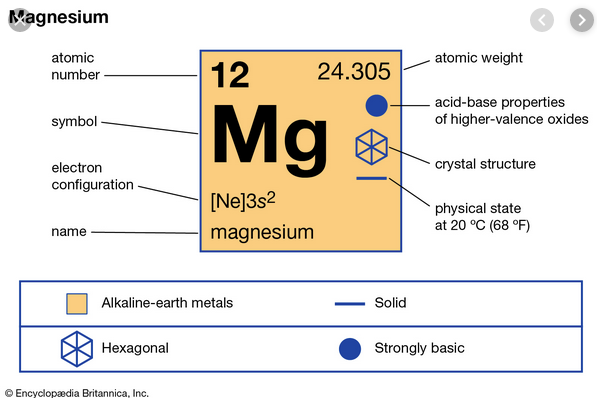
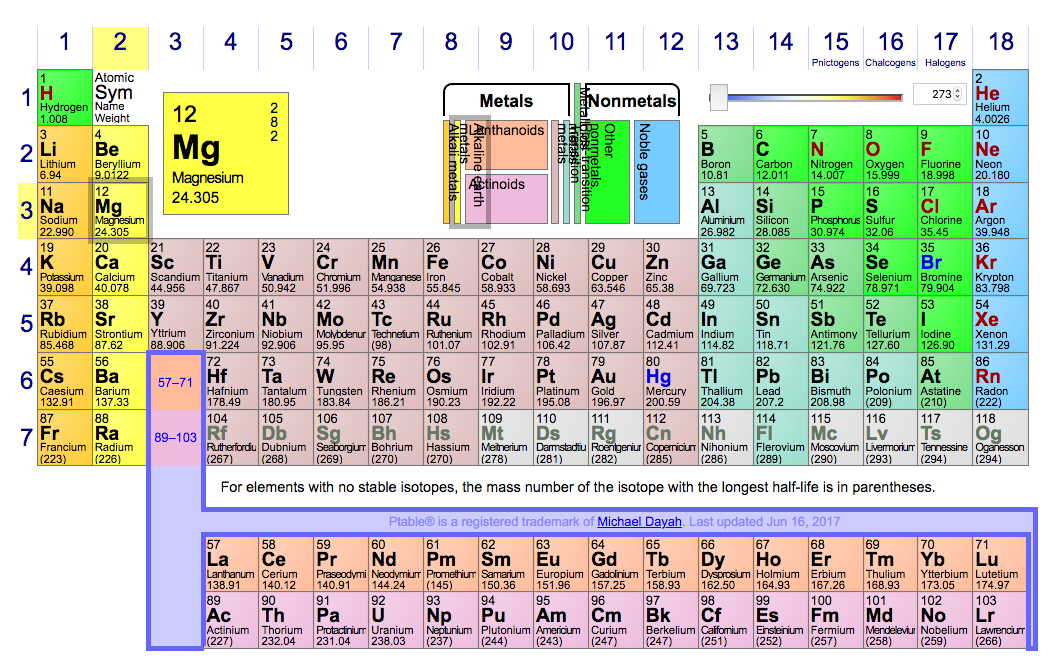
“If all you can promise me is today, I’ll take it and hope for tomorrow.” Ellen Hopkins
Magnesium is magnesium right? There are many different forms of magnesium, complexes of 2+ magnesium with chloride and with sulfate (which you would probably recognize it under a different name, magnesium sulfate, otherwise known as, Epsom Salt). The compound later in this post is named magnesium-threonate and the structure of this complex is given below. The solubility, the availability, the usefulness of magnesium seems linked to the anion (negatively charged compound). Just remember, the form of magnesium that best penetrates the blood-brain barrier is that of magnesium threonate.
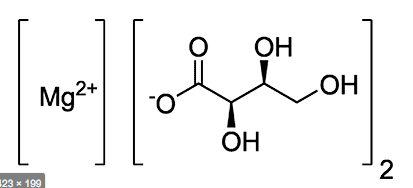
“There is a crack in everything, that’s how the light gets in.” Leonard Cohen
Role of Magnesium in the Brain: Yamanaka et al. (2019) present a comprehensive review article about the diverse functions of magnesium in the brain [Yamanaka R, Shindo Y, Oka K. Magnesium is a key player in neuronal maturation and neuropathology. International journal of molecular sciences. 2019;20(14):3439.]. They summarize the common fate of magnesium from ingestion to various tissues to kidneys to secretion. The majority of the magnesium in our bodies is found in the bone, muscle, and soft tissues.
Our blood-brain barrier actively transports some magnesium into the brain, where it is widely distributed. One of the key organelle in cells is the mitochondria; and they have an important role with the magnesium cellular pool, that is, the intracellular pool. Within the brain, magnesium is especially important for synaptic connectivity.
From autopsy studies, the brains of patients with Parkinson’s had low amounts of magnesium. Furthermore, epidemiological studies imply that a nutritional deficiency of magnesium is linked to the occurrence of Parkinson’s. This has been studied in several different experimental studies.
First, mice made deficient in magnesium by diet were more susceptible to MPTP, one of the chemical initiators of experimental Parkinson’s. By contrast, mice given extra amounts of magnesium were able to block the toxic effect of MPP+-exposed cells that apparently targets mitochondria (MPP+ is the activated component of MPTP).
Interestingly, physiological levels of magnesium will directly inhibit the aggregation of alpha-synuclein. And alpha-synuclein aggregation within neurons is associated with the pathology of Parkinson’s. Magnesium also regulates autophagy, which is the mechanism for clearing out aggregates of intracellular proteins. Additionally, magnesium positively alters the mechanistic target of rapamycin (mTOR) signaling affects many ribosomal growth-related processes. And mTOR signaling negatively modifies autophagy.
Overall, just by describing a few of the many possible interactions of magnesium with the brain strongly implies a neuroprotective role of magnesium in dopaminergic neurons. When combined with other actions of magnesium to regulate cellular energy and reduce oxidative processes, this further suggests ignificant neuroprotective role for magnesium in Parkinson’s.
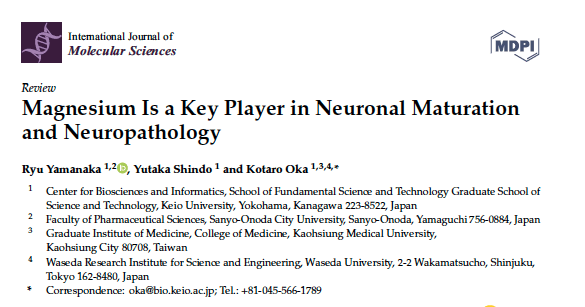
“Three grand essentials to happiness in this life are something to do, something to love, and something to hope for.” Joseph Addison
Magnesium Threonate Crosses the Blood-Brain Barrier and It is Neuroprotective in A Mouse Model of Parkinson’s: I enjoyed this paper by Shen et al. [Shen, Yanling, Ling Dai, Haibo Tian, Runnan Xu, Fuying Li, Zhuohang Li, Jeremy Zhou, Liping Wang, Jianghui Dong, and Liyuan Sun. “Treatment Of Magnesium-L-Threonate Elevates The Magnesium Level In The Cerebrospinal Fluid And Attenuates Motor Deficits And Dopamine Neuron Loss In A Mouse Model Of Parkinson’s disease.” Neuropsychiatric Disease and Treatment 15 (2019): 3143.] They mentioned in the Introduction that the ‘usual’ form of magnesium, namely magnesium sulfate was not good at penetrating the blood-brain barrier. They speculated that while magnesium showed some neuroprotective effect in cell and animal models, possibly magnesium threonate would be better. A simple idea to propose but not trivial to test. Suggestions are always easier to offer than to design and accomplish. But then again, simple plan, simple design, can hopefully provide clear-cut results. Here is what they found:
- Check behavioral differences with magnesium– They added 1.2 mM magnesium sulfate and magnesium threonate to the drinking water and tested the mice at 0, 21, and 28 days for Mg levels in blood serum and cerebral spinal fluid (CSF), along with standard behavior tests.
- Measure neuroprotective effect of magnesium sulfate compared to magnesium threonate- they had 4 groups of animals, (1) control, just normal diet; (2) MPTP (30 mg/kg/day) intraperitoneally injected 7 days in a row; (3) MPTP plus magnesium sulfate in drinking water; and (4) MPTP plus magnesium threonate (0.8, 1.2 and 1.6 mM) in drinking water.
- Normal mice and effect of magnesium- No significant difference in behavior based on no magnesium or its presence. Interestingly, there was a bigger differences in magnesium threonate compared to magnesium sulfate in the CSF (remember, this would require passage through the blood-brain barrier); with no difference in serum magnesium concentrations comparing magnesium threonate to magnesium sulfate.
- Motor skills test- Magnesium threonate MPTP-treated mice showed better motor coordination than both the magnesium sulfate and controls treated with MPTP.
- Dopaminergic neurons- In the presence of MPTP alone, there was substantial neuronal cell death. However, there was substantial salvaging of neurons with MPTP in the presence of magnesium threonate but not in the presence of magnesium sulfate. A few other experiments further documented the effectiveness of magnesium threonate over magnesium sulfate.
- They speculate about the importance of passage through the blood-brain barrier, which was accomplished by magnesium threonate but not by magnesium sulfate. Magnesium proved to be neuroprotective. but only when it was escorted through into the CSF, in the form of magnesium threonate.
- By a straightforward design of experimental protocols, Shen et al. showed that magnesium threonate was neuroprotective as shown by less loss of dopaminergic neurons and better retention of motor coordination when compared to either magnesium sulfate or the control. The neuroprotection was attributed to the increased level of magnesium threonate in the CSF, which suggested that magnesium threonate more readily crossed the blood-brain barrier.
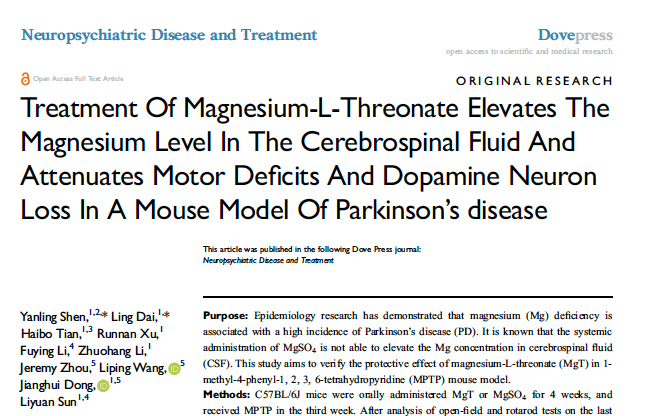
“Hope is patience with the lamp lit.” Tertullian
Complementary and Alternative Medicine use for Magnesium Threonate in Parkinson’s: My interest in magnesium threonate was definitely heightened by these studies. However, there has been additional circumstantial reports that magnesium threonate possibly helps with muscle fatigue and cognition features. It could (possibly) help manage a tremor [especially with vitamin B1 (thiamine hydrochloride)] and that it could (possibly) help in managing sleep disorders. Since July 2019, I have tried 3 different sources of magnesium threonate (Magtein is the registered trademark name for magnesium threonate). I do feel that magnesium threonate helps my sleeping, helps with muscle tension, and my tremor to some extent (I can only take 100 mg vitamin B1 after many months of trial-and-error). I personally prefer the magnesium threonate product in the following ranked-order with the Double Wood Supplements, followed by Vitacost, and finally, the Natural Stack (described below). [Additionally, I am going to order the Now Foods Magtein product, https://amzn.to/2VOLfo). I am most curious please let me know if magnesium threonate (with or without vitamin B1) offers any benefit to your Parkinson’s.
- Double Wood Supplements magnesium threonate as Magtein (2000 mg daily, 2 capsules in the morning, 2 capsules in the evening), from Amazon.com, https://amzn.to/32Q65VT
- Vitacost magnesium threonate as Magtein (2010 mg daily, 3 capsules daily), https://bit.ly/39qliiW
- Natural Stack Magtech as magnesium threonate (Magtein), magnesium taurate and magnesium glycinate (3 capsules per day) from Amazon.com, https://amzn.to/32RPKzT
- Note of caution: Most herbs and supplements have not been rigorously studied as safe and effective treatments for Parkinson’s. The U.S. Food and Drug Administration (FDA) does not strictly regulate herbs and supplements; therefore, there is no guarantee of safety, strength or purity of supplements.
- Note of caution #2: The material provided here is for educational and scientific purposes only. Under no circumstance should you consider this blog post as medical advice. Please communicate with your Neurologist or family-based Physician before any attempt to alter a treatment regime. “JourneywithParkinsons.com” cannot be held responsible for any actions taken based on the information provided here.
“Hope is to our spirits what oxygen is to our lungs. Lose hope and you die. They may not bury you for awhile, but without hope you are dead inside. The only way to face the future is to fly straight into it on the wings of hope….hope is the energy of the soul. Hope is the power of tomorrow.” Lewis B. Smedes
Cover Photo Credit- Image by Michelle Maria from Pixabay
https://www.webmd.com/diet/ss/slideshow-diet-magnesium

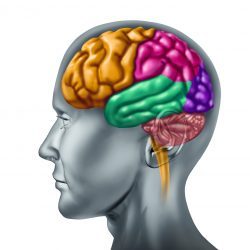

Very good article. Hard work was done in writing this. Thanks. -profrssindhufansclub. WordPress. Com
LikeLike
Thanks, it was fun writing the blog post.
LikeLike
So happy to find this info. I’m having trouble staying asleep thru the night. I’m in Canada so not all the same products are available to me. The exchange rate is ridiculous. I ordered the brand Bio Absorb Nutraceuticals from Amazon.ca. Seems like a good product. I just found a med combo I can take that is so far without side effects so can now start to add supportive supplements. One thing at a time is my motto 🙂
LikeLike
I just bought Life Extension Neuro Mag Magnesium L-Threonate. Is this a good product to use?
LikeLike
Gayle, if “Magtein” is listed anywhere on the label, it should be fine. Magtein is the proprietary form of magnesium-L-threonate. OK? Frank
LikeLike
so glad to come across this blog ! My father has been diagnosed with Parkinsonisms 4 years ago, high level of levedopa doesn’t seem to give any effects of his symptoms. I would encourage him to give Magtein a try !
LikeLiked by 1 person
Make sure your father consults with his neurologist before trying Magtein; it just makes more sense to talk it through first.
LikeLike